I’ve never been the type of person who felt the need to chronicle my life, thoughts, or feelings in a diary or journal. I’m not compelled to verbally share my emotions; therefore, I don’t have any desire to write them down in a book for safekeeping.
As a child, I remember having a small diary around the age of ten or eleven. I don’t recall how it looked in great detail, but I recall it had the typical diary look with a tiny lock on the front, which held it together. It even came with a small key to lock it tight for safekeeping.
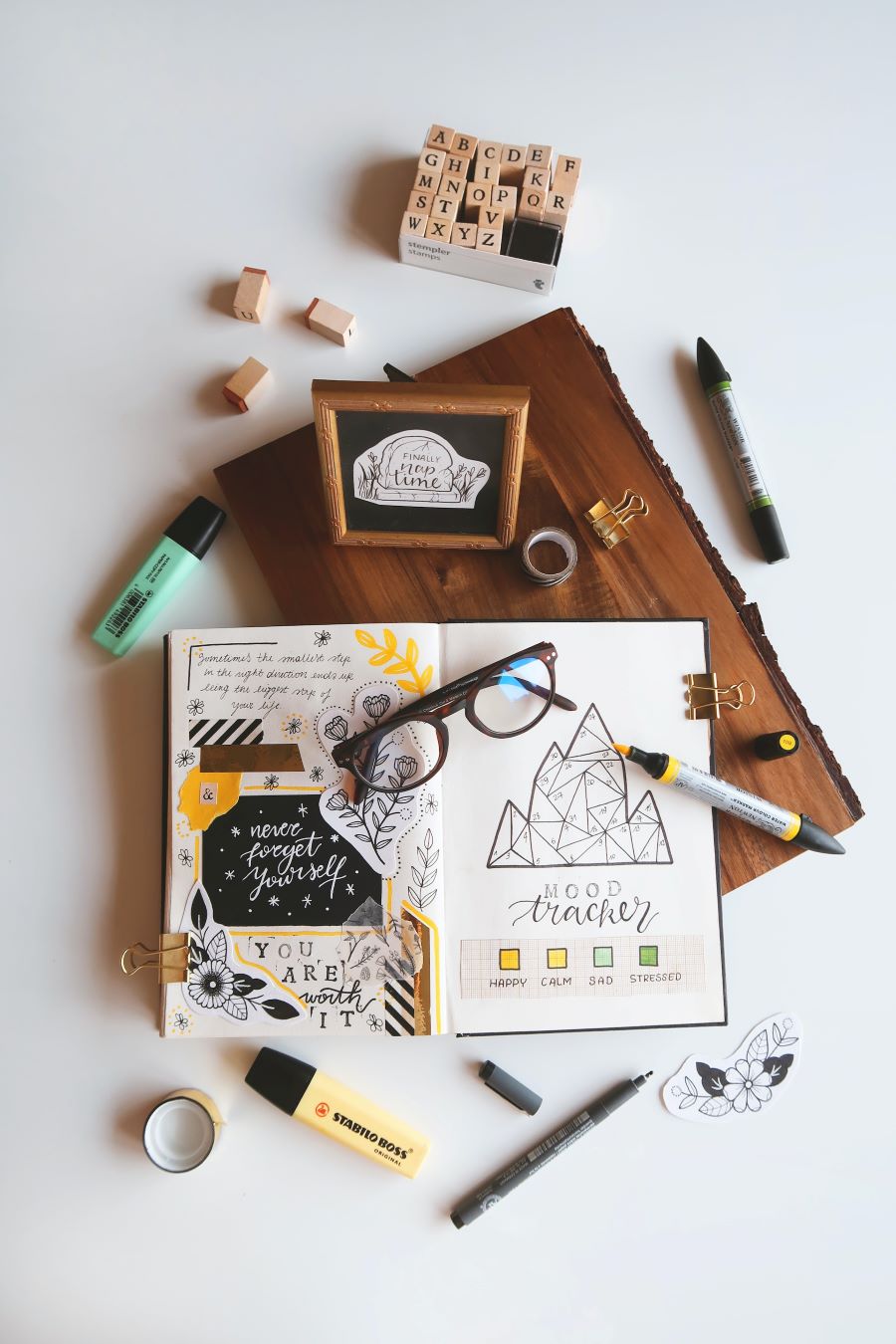
In my young mind, I was supposed to pour my emotions into my diary and lock it with a key so that no one would be able to read my secrets. I guess I received this idea from television, books, and magazines as a young girl and assumed that all girls enjoyed doing this activity.
Naturally, I thought that I would use my new diary in the same way. Writing my little heart out at least once a week, maybe more depending on my mood, feeling satisfied when I completed my entry. Then I would read it sometime later and relish in some fond memory or have a good laugh.
However, this was not the case for me. I had grossly underestimated how much I had no desire to write my thoughts down into this book. I found it to be useless. It felt like a chore without a reward at the end. I felt no joy or release once I completed my entries. It should be no surprise that I only made a few entries and abandoned the diary altogether.
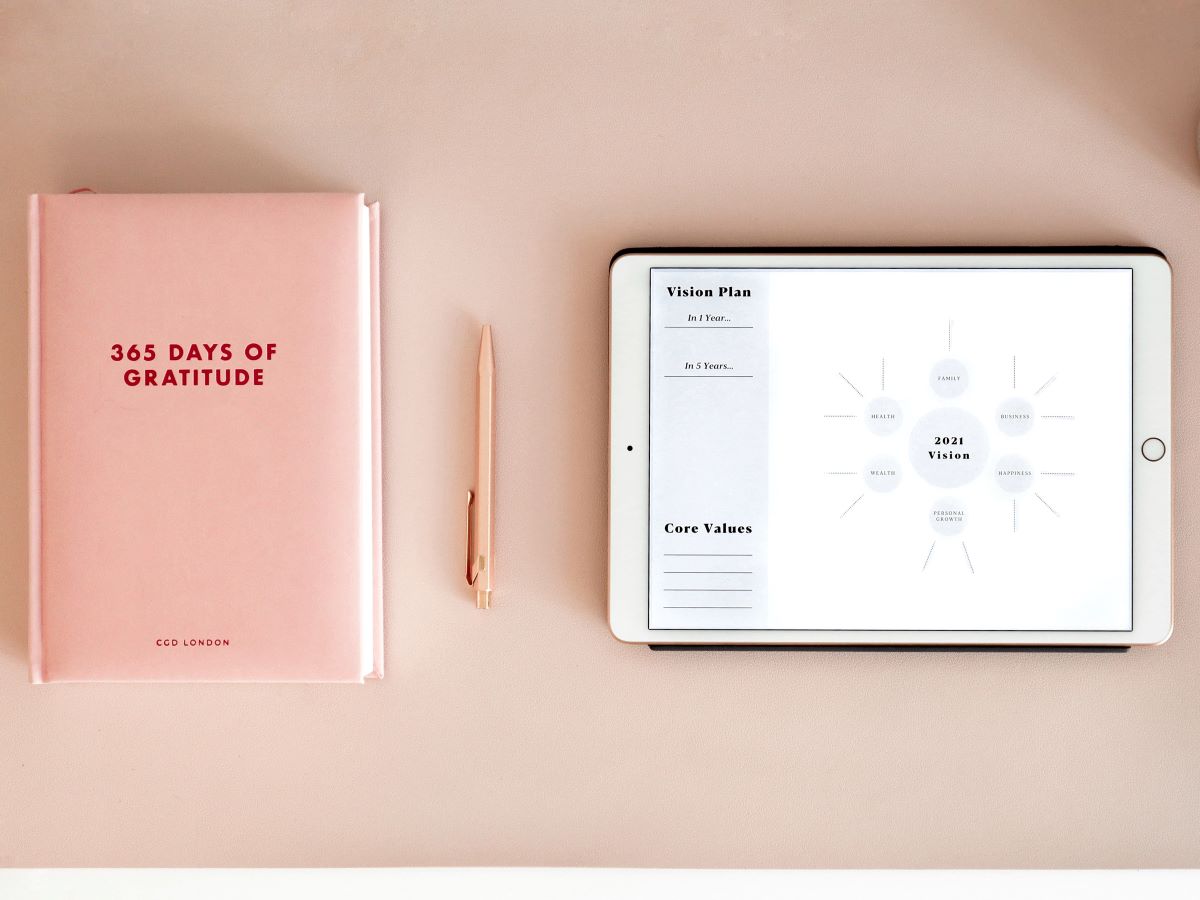
A New Discovery
Fast forward thirty-five years, and I’m in the throes of a mental breakdown. I’m a complete mess, a bucket of water, and totally non-functional. I’m also on long-term leave from work, taking medication, and visiting a psychiatrist regularly, desperately trying to pull myself together and get my life back in order.
During an appointment with my new psychiatrist, he noticed that I wasn’t very forthcoming with information. He expressed that I needed to share more details about my emotions in order to diagnose my condition. He suggested that I jot down my thoughts, feelings, and concerns between our appointments and bring them to our next meeting. That way, it would give me a few talking points to share during our session.
Over the next month, I wrote down a few notes in my small spiral notebook at the end of each week. Needless to say, I didn’t have much to write down. My life was pretty dull. The only thing I felt was sadness, fear, and anxiety on a daily basis. My feelings didn’t change much from day-to-day. During my bi-weekly sessions with the doctor, I would share my thoughts, but they failed to shed any new light on my issues.
Pinterest to the Rescue
Then one day, as fate would have it, I was performing my daily ritual of scrolling through Pinterest, and I stumbled upon a pin entitled “Bullet Journaling for Mental Health and Self-Care.” The pin caught my eye because it referred to both mental health and journaling. But what really intrigued me was the phrase bullet journaling. It was utterly foreign to me, and I wanted to learn more. So, I clicked on the pin, which led me to a blog post about the topic.
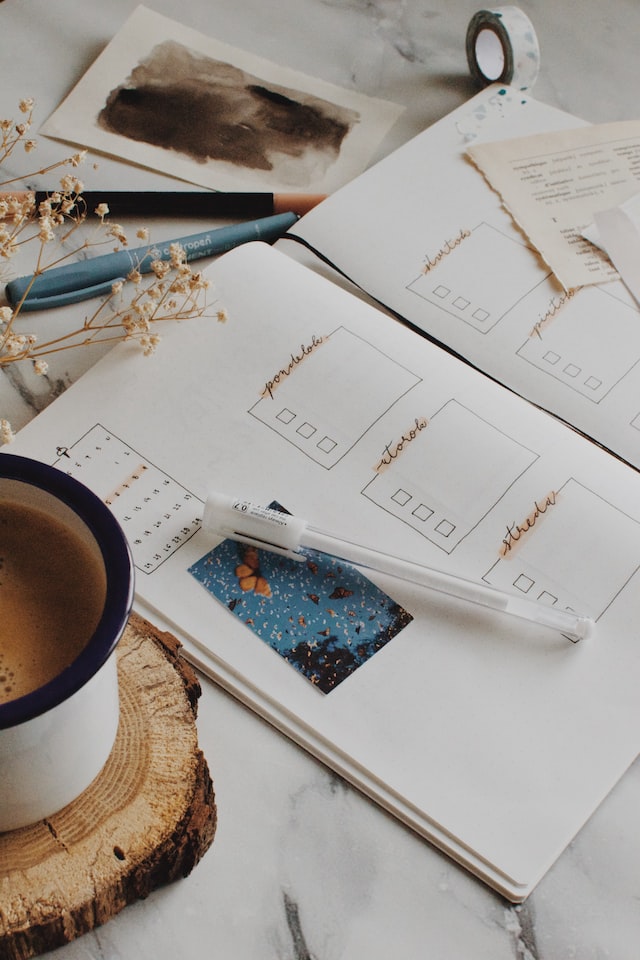
I spent five minutes completely engrossed and enthralled by the information in the article. I learned that Ryder Carroll created the bullet journal as a means to organize your life. It was a simple system that allowed the user to manage their daily schedules, lists, and other various ideas into one notebook. However, his original idea had morphed over the years and had taken on an entirely new identity with a creative spin and could even be used to track one’s mental health.
By the end of five minutes, my mind was totally blown. The bullet journal seemed like a powerful tool to help me on my journey to mental wellness. Most importantly, it was the creative outlet that I didn’t know I needed in my life. A light bulb went off in my head. I had an energy surge that I had not felt in a long time.
As my excitement grew, I decided that I needed to learn more about bullet journaling and use it to help myself. I proceeded to go down the rabbit hole of Pinterest and was continuously razzle dazzled by the beautiful spreads people designed for mental health. The possibilities seemed to be endless. The bullet journal examples had everything I needed and more to improve my state of mind and spirit. This journal was just what the doctor ordered.
After climbing out of the Pinterest vortex, I dived right into the black hole known as YouTube, to find more bullet journaling information. I spent the better part of the day viewing video after video on bullet journal themes and set-ups. It was utterly fascinating how people took such a simple concept and turned it into so much more.
Once I had viewed every video imaginable, I was utterly convinced that using a bullet journal to track my mental health was a step in the right direction. I hadn’t been this excited about anything in a long time. For some reason, the idea of doing this journal ignited my passion for both art and organization.
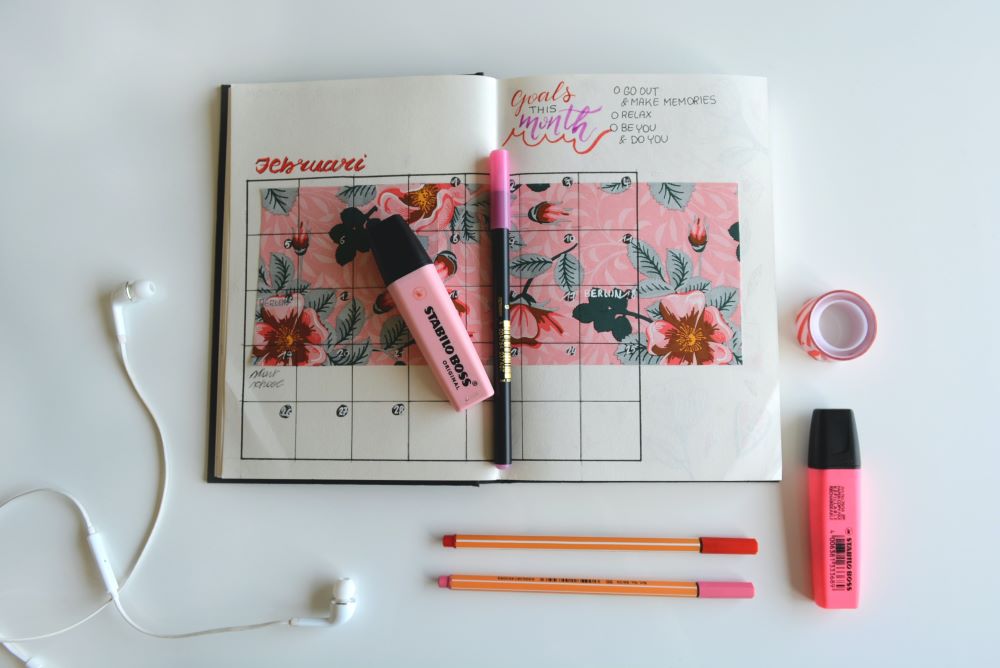
My New Obsession
The very next day, I planned how I wanted to design my journal from charts to themes. I already owned a fair amount of art supplies to get me started, so my order was small and affordable. I ordered three journals from Amazon, plus a few stencils to get me started.
It took only a few days for everything to arrive. I decided to use one of the smaller journals for mental health only, and the larger one would be used to organize other aspects of my life. I immediately started to layout the designs in my mental health journal because I was eager to use it. I decided that each month would have an inspirational quote, calendar, mood tracker, habit tracker, and four pages to record my weekly thoughts. Each month would have a theme, and I would use the charts daily. Since I started in the middle of November, I didn’t need a lot of space. I used a fall theme, which was cute but predictable.
Once it was complete, I was happy with the result. I tracked my daily moods and habits each day for two weeks and wrote down my thoughts weekly. By the end of the month, I shared my journal with my doctor. He was impressed. He had never heard of bullet journaling. He was thrilled that I had found a unique way to monitor my mental health. He was so impressed that he shared it with his supervisor next door.
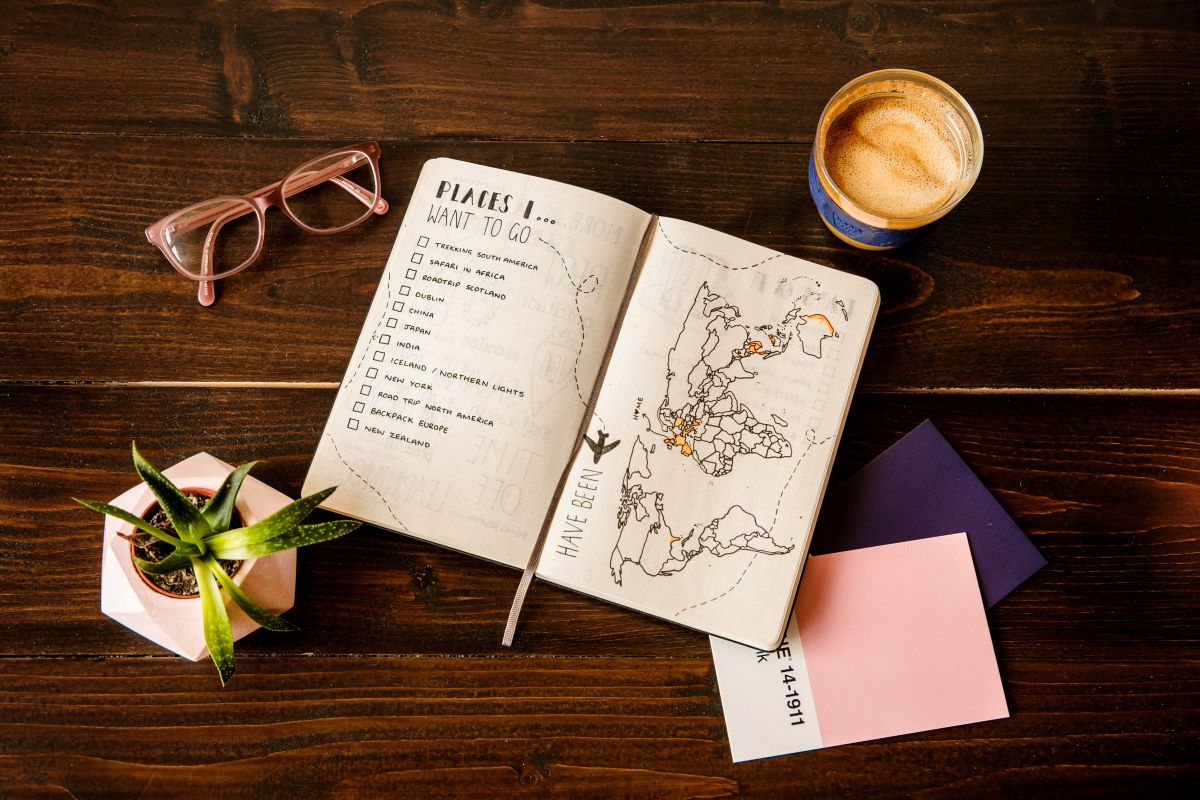
Final Thoughts
By now, you might be wondering why I feel that bullet journaling was therapy for my soul. The answer is quite simple. The bullet journaling’s creative aspect sparked a fire inside of me that had died out a few years earlier. Creating and using the bullet journal gave me a new purpose. On the practical side, it provided a way for me to track and analyze my mental health.
I used my bullet journals consistently for nine months until it was time for me to return to work. I can safely say that it was nine months well spent. Bullet journaling rekindled my passion for arts and crafts. It also gave my idle mind and hands something to do while I was home from work.
In the end, I only used my bullet journal for a short time, but it made a tremendous impact on my life. Unlike the diary I had many years ago, I periodically look back at it from time to time to admire my work and read my thoughts from that period in my life. I recommend bullet journaling for anyone who needs a way to track their habits, ideas, and feelings. Even if you create a simple journal, it’s still worth a try.




